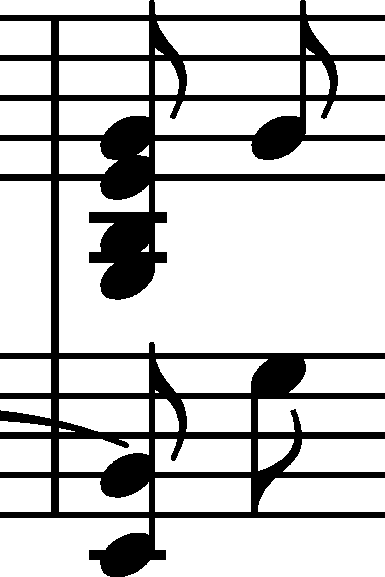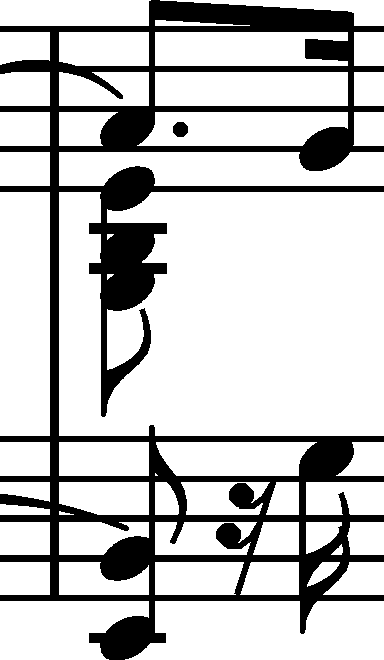



Page:
Source:
p. 11, b. 186-214
Main text
Prezentacja
Select
copy link
Main text

The corrections visible in AImaz reveal that not only did Chopin change the pitch of the top note of the 1st chord, but also the rhythm of the 1st beat of the bar. The starting point were 2 g 1 quavers, not beamed:
1 quavers, not beamed:  . Chopin then added semiquaver rests and shortened the second quaver:
. Chopin then added semiquaver rests and shortened the second quaver:  . Eventually, the change of the pitch of the top note of the chord brought further changes to the notation, including the abandonment of the rest in the R.H. part:
. Eventually, the change of the pitch of the top note of the chord brought further changes to the notation, including the abandonment of the rest in the R.H. part:  .
.
Compare the passage in the sources»
category imprint: Corrections & alterations; Source & stylistic information
issues: Dotted or even rhythm
notation: Rhythm
Missing markers on sources:
GE1, GE2, FE1, FE2, EE1, EE2, EE3, FES
